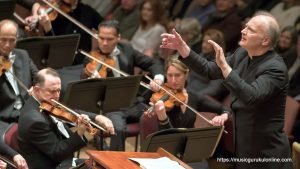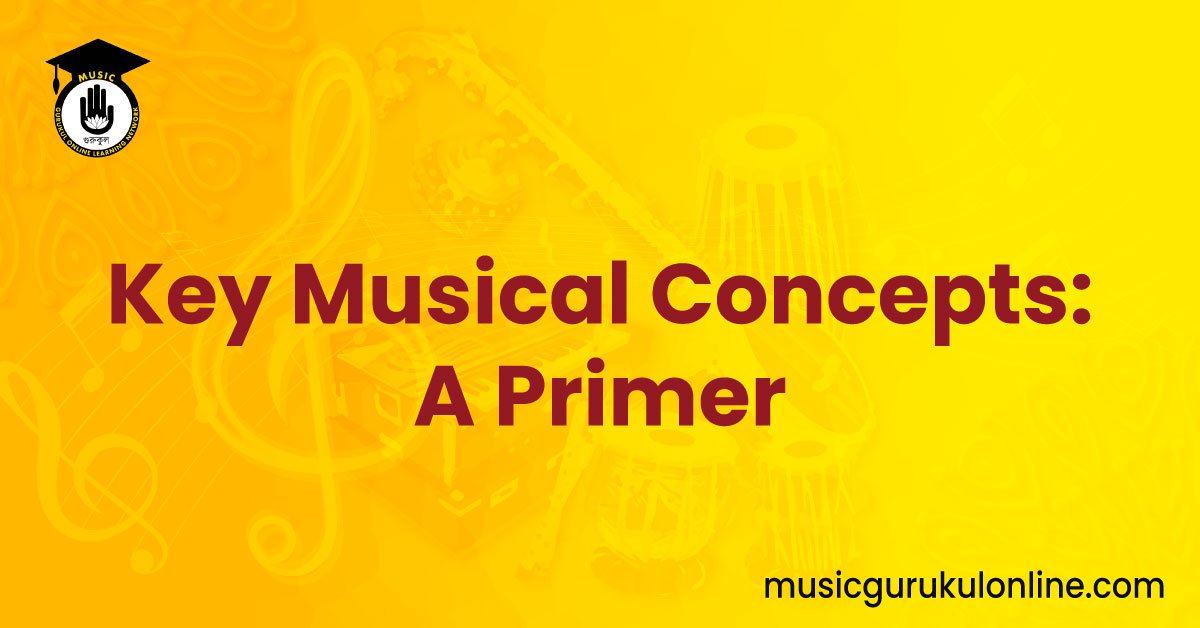Western Classical music, with its rich history spanning over a millennium, has given rise to a plethora of musical concepts that have shaped the fabric of musical understanding and appreciation. Whether you’re a budding musician, an avid listener, or someone looking to dive deeper into the world of Western Classical music, grasping these key concepts can provide a deeper insight into the art form.
Table of Contents
Key Musical Concepts

1. Melody
At the heart of any piece of music lies the melody. Melodies are sequences of single notes that convey a recognizable musical idea or theme. They are the “tunes” you might hum or whistle. A memorable melody can stand alone, like a solo performance, or serve as a focal point within a complex orchestral work.
2. Harmony
While a melody is a series of notes played one after another, harmony is about notes being played simultaneously. It provides the backdrop against which melodies stand out. Chords, which are groups of notes played at the same time, create harmony, and the progression of these chords underpins many a musical piece.
3. Rhythm
Rhythm is the pattern of sound in time. It’s the heartbeat, the toe-tapping, the hand-clapping. Western classical music boasts an array of rhythmic structures, from simple steady beats to complex syncopations.
4. Dynamics
Dynamics refer to the volume of a piece of music. Notations like “piano” (soft) and “forte” (loud) guide musicians on the intended loudness or softness of a section. These dynamics can evoke emotions, create tension, or provide relief.
5. Texture
In music, texture relates to how the melodic, rhythmic, and harmonic components are combined. Think of it as musical fabric. A “monophonic” texture has just one melody, while “polyphonic” texture combines multiple melodies, and “homophonic” focuses on a single melody supported by chords.
6. Form
Form pertains to the structure of a musical piece. Some classical music follows defined structures, like the sonata or the rondo form. Understanding these can help listeners anticipate what’s coming next.
7. Timbre
Also referred to as “tone color,” timbre describes the unique quality of a sound that differentiates, for instance, a violin from a flute when playing the same note. It’s the reason why voices sound different even when singing the same song.
8. Tempo
Tempo relates to the speed of the music. Terms like “allegro” (fast) and “adagio” (slow) guide musicians on the intended pace of a piece. Tempo plays a significant role in setting the mood of a piece.
9. Key and Modulation
The key of a musical piece determines the central note and scale around which it is built. Modulation is the process of changing from one key to another, adding variety and interest.
10. Phrasing
Much like sentences in language, musical phrases are units of meaning that make sense on their own but work together to create a cohesive whole.

Historical Periods in Western Classical Music
While the above concepts provide the building blocks of music, Western Classical music has evolved over various periods, each bringing distinct characteristics.
1. Medieval (500-1400)
Predominantly religious, the music of this era was mainly monophonic and utilized modes, which were predecessors to modern scales.
2. Renaissance (1400-1600)
Polyphony became dominant, with music becoming more expressive and harmonically richer.
3. Baroque (1600-1750)
Marked by the use of contrasts, this period saw the birth of well-known forms like the concerto and the oratorio. Composers like Bach, Handel, and Vivaldi hailed from this era.
4. Classical (1750-1820)
Music became more structured with clear melodies and harmonies. The symphony and sonata became popular forms. Mozart, Haydn, and early Beethoven are from this period.
5. Romantic (1820-1900)
Emotion and individualism were at the forefront, leading to expressive, lush harmonies and expanded forms. Composers like Chopin, Wagner, and Tchaikovsky belong to this period.
6. 20th Century and Beyond
Marked by experimentation and breaking away from traditional forms. This era witnessed a range of styles from minimalism to serialism. Stravinsky, Debussy, and John Cage are some notable names.
Role of Instruments
Classical music, especially orchestral works, employs a variety of instruments, each contributing its unique timbre.
1. Strings:
Violin, Viola, Cello, Double Bass, and Harp produce sound by vibrating strings, either by bowing or plucking.
2. Woodwinds:
Flute, Oboe, Clarinet, and Bassoon are primarily made of wood and produce sound when air is blown through them.
3. Brass:
Trumpet, French Horn, Trombone, and Tuba are made of brass and sound is produced by buzzing the lips into a mouthpiece.
4. Percussion:
Drums, Cymbals, Xylophone, and more. They produce sound when struck.
5. Keyboard:
Piano and Organ. Sound is produced by pressing keys, which in turn, strike strings or push air through pipes.

Western Classical music is a vast and nuanced field. It has evolved over centuries, absorbing influences from various cultures and periods. The key musical concepts discussed above provide a lens through which we can appreciate the depth, complexity, and beauty of this art form. Whether attending a live concert or listening to a recording, equipped with these concepts, one can delve deeper, derive more meaning, and heighten the pleasure of the musical experience.
